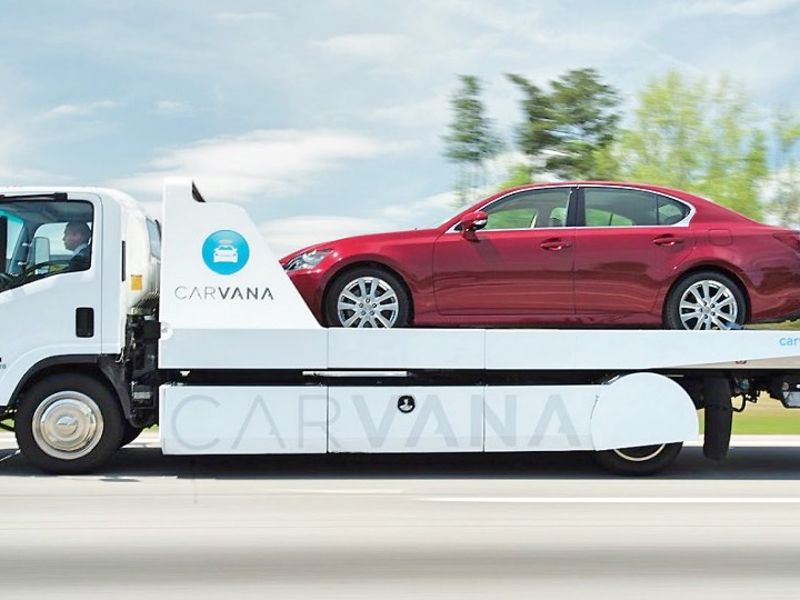
Carvana Co. CEO Ernie Garcia called it a “landmark” quarter.
It was certainly one that could hush naysayers, at least for now.
The online used-vehicle upstart achieved its first profit — $45 million in net income — as it continued rapid revenue and volume growth.
Carvana executives didn’t talk about how sustainable that bottom-line profit would be. But they did credit 2021’s second-quarter performance in part to topping $2,000 in gross profit per vehicle retailed for the first time.
And they made it clear that higher profitability long term is linked to continued success in two initiatives Carvana has been focused on of late: buying cars from customers to buoy inventory levels and improving its reconditioning capacity and speed.
Carvana’s total per-vehicle gross profit was $5,120 in the second quarter, compared with $2,726 in the year-ago period and $3,656 in the first quarter of 2021. Gross profit per vehicle retailed was $2,022 vs. $1,190 in the year-ago period and $1,211 in 2021’s first quarter.
Executives credited that solid retail gross profit performance in part to the company’s effort to source more vehicles from customers. But that effort also caused reconditioning constraints that Carvana aims to ease in the second half of the year.
Carvana’s available inventory level remained about 50 percent lower than the peak it experienced in April 2020 early in the pandemic. Consumer demand in the quarter outpaced the gains Carvana has made in speeding up what it calls production — taking used inventory in and reconditioning it so it’s sale-ready.
The retailer purchased what it described as a record number of customer cars during the quarter, but it did not provide a figure.
“We grew retail units by 17 percent quarter over quarter, but we grew very dramatically in the number of cars that we bought from our customers,” Garcia said.
“And that is really what led to increasing constraints.”
Those constraints spread across several facets of the business — reconditioning plus areas such as customer service and logistics.
“When we look at the back half of this year, we think that sales volume is likely to be driven by the speed at which we can alleviate those constraints,” Garcia said.
The company has ramped up hiring and continues to increase reconditioning capacity. It opened its 13th inspection and reconditioning center during the quarter in Cleveland, enabling it to process about 750,000 vehicles annually. Carvana plans to open eight more such facilities by the end of 2022, increasing that capacity to 1.25 million vehicles.
In the second quarter, Carvana retailed 107,815 vehicles, nearly double what it sold in the same period last year. Revenue nearly tripled to $3.34 billion. It marked the first quarter that retail sales topped 100,000 and revenue surpassed $3 billion.
The company’s net income of $45 million was a turnaround from a loss of $106 million in the year-ago quarter. Carvana, which was spun off from DriveTime in 2014 and went public in 2017, said it had never previously recorded positive net income.
Carvana added 27 markets in the quarter and said its network covered 79 percent of the U.S. population at the end of the period. It has since opened two more locations, giving it a total of 301 markets.
It’s part of Carvana’s expansion strategy aimed at achieving scale, with profitability later. For the second quarter, at least, the profitability arrived.
Said Garcia: “The second quarter was a landmark quarter for Carvana and one that will always play a central role in our story.”

